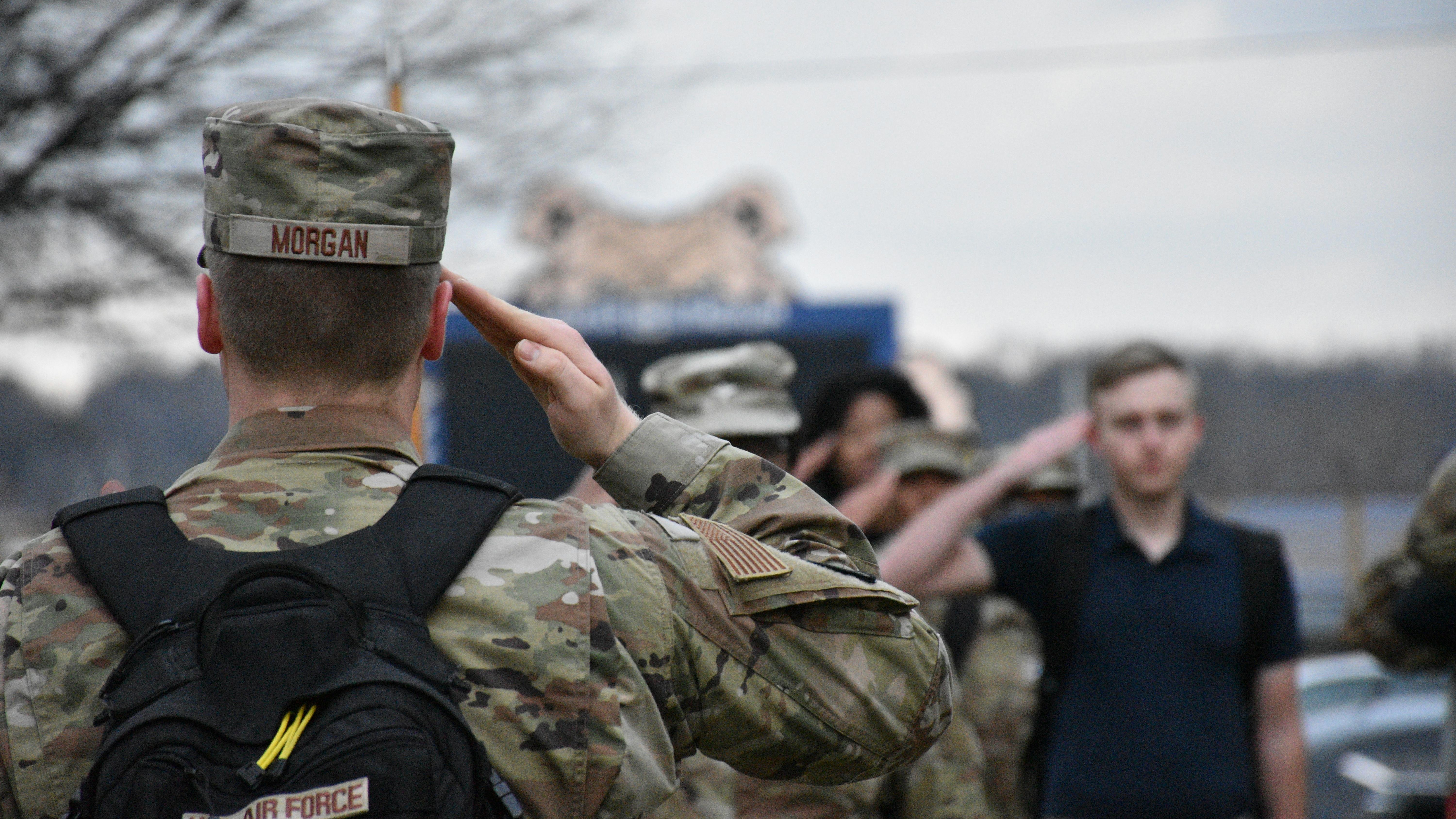
Honoring Their Sacrifice: A Ceremony to Remember
The Illinois State Police (ISP) gathered on June 20, 2025, at the ISP Memorial Park in Springfield to honor the courageous sacrifice of Troopers Corey Thompsen and Clay Carns. The unveiling of their names stands as a moving tribute, not only to the officers but to the families and communities impacted by their tragic losses.
Tragic Losses: The Stories of Trooper Thompsen and Trooper Carns
Trooper Corey Thompsen, aged 28, tragically lost his life in a motorcycle accident during a traffic detail on October 18, 2024. Survived by his wife Chelsea, his untimely death reminds us of the risks officers face daily. His commitment to public service shone brightly during his nearly five years with ISP.
On December 23, 2024, Trooper Clay Carns, who was 35 years old and served 11 years with ISP, was struck by a vehicle while removing debris on I-55. He is survived by his wife Meghan and children. Their stories highlight the personal sacrifices made by law enforcement officers and the devastating effects on their families.
A Unique Memorial: ISP Memorial Park's Role
The ISP Memorial Park is more than just a physical location; it embodies the collective memories of 74 fallen officers, serving as a powerful reminder of the dangers these professionals face while serving the public. Memorial parks like this are crucial for fostering public appreciation and understanding of law enforcement’s heavy toll.
Impact on Community and Family
The ceremonies not only honored Thompsen and Carns but also brought their families into the communal embrace of those who recognize their pain. The support from the community fosters healing and remembrance, serving as an essential resource for families navigating the grieving process. It underscores the need for continued conversations around public safety and officer welfare.
The Ongoing Conversation About Officer Safety
While honoring fallen officers, it’s vital to acknowledge the broader societal implications. The dangers faced by law enforcement officials can lead to discussions about improved safety measures, training protocols, and community support initiatives. These conversations are vital to ensure that such tragedies are minimized in the future.
This ceremony exemplifies not only the recognition of sacrifice but also the commitment to improving the conditions under which these brave individuals operate. As members of the community, we must reflect on how we can foster relationships with law enforcement and facilitate a safer working environment for them.
 Add Row
Add Row  Add
Add 




Write A Comment